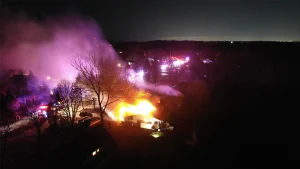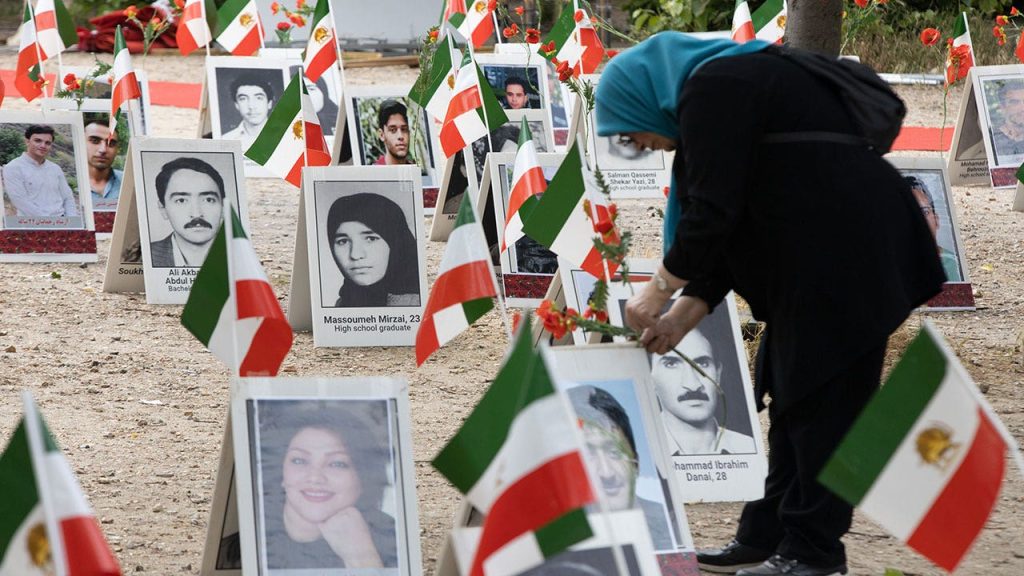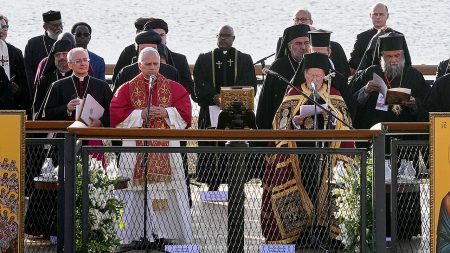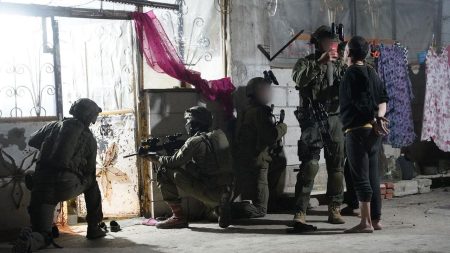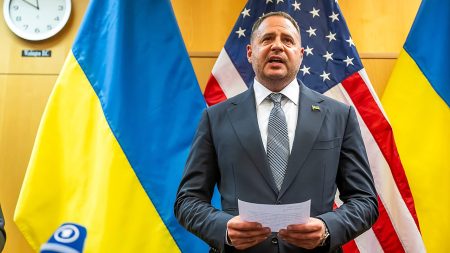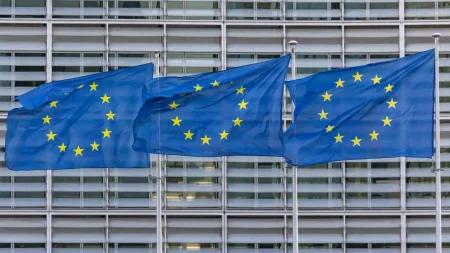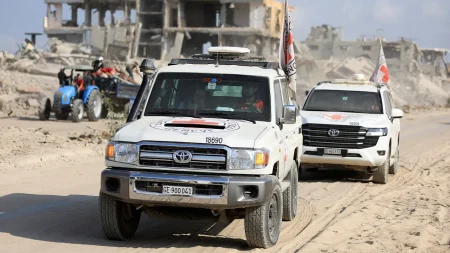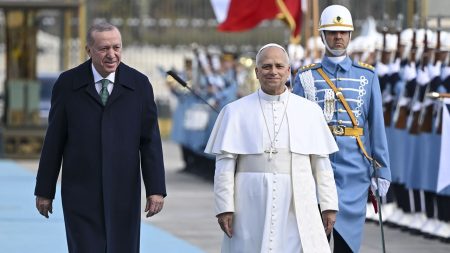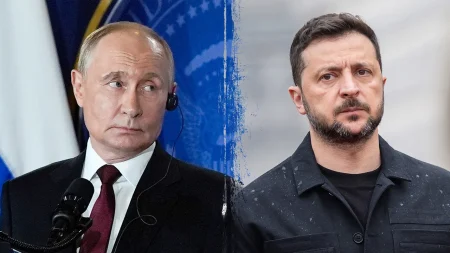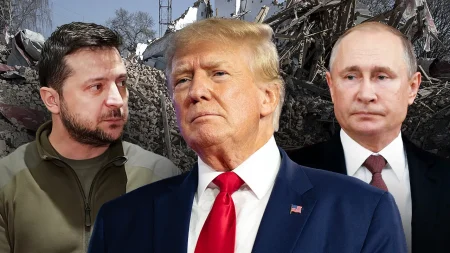Iran’s Rising Wave of Executions Raises International Concern
In a troubling development that has drawn international condemnation, Iran executed six prisoners on Saturday who the regime claimed were acting on behalf of Israel in carrying out deadly attacks in the country’s oil-rich southwest region. According to reports from The Associated Press and Iranian news agency Mizan, these executions represent part of a dramatic surge in capital punishment that human rights organizations say has reached unprecedented levels in recent decades. A seventh prisoner accused of killing a Sunni cleric in 2009, along with other crimes, was also executed in Kurdistan province. These executions follow the brief 12-day Iran-Israel conflict in June, after which Tehran vowed to target enemies both domestically and internationally, signaling an intensification of its security crackdown.
The alarming scale of executions in Iran has reached a critical point in 2025, with Amnesty International reporting more than 1,000 people executed so far this year—the highest annual figure recorded by the organization in at least 15 years. The Iranian government claimed the six executed men were responsible for killing police officers and security forces, as well as orchestrating bombings targeting sites around Khorramshahr in Iran’s Khuzestan province. State television aired footage of one man discussing the attacks, claiming this was the first public disclosure of details surrounding these incidents. However, the Hengaw Organization for Human Rights, a Kurdish group, has contradicted the government’s narrative, stating that the executed individuals were actually Arab political prisoners arrested during the 2019 protests. Hengaw alleges that Iran falsely accused them of having connections to the Arab Struggle Movement for the Liberation of Ahvaz, a separatist group blamed for pipeline bombings and other attacks in the region.
The human cost of Iran’s execution policy is illuminated by individual cases like that of Saman Mohammadi Khiyareh, the seventh prisoner executed on Saturday. Khiyareh, a Kurd, was convicted for the 2009 assassination of Mamousta Sheikh al-Islam, a pro-government Sunni cleric in the Kurdish city of Sanandaj. Activists have raised serious concerns about his case, noting that he was only 15 or 16 years old at the time of the alleged assassination, was arrested at 19, and was held for over a decade before his execution. Human rights advocates argue that his conviction relied heavily on confessions extracted under torture—a practice they accuse Iranian courts of employing regularly. This case highlights the troubling intersection of youth justice, ethnic minority targeting, and questionable judicial procedures that characterize Iran’s capital punishment system.
The dramatic increase in state executions has coincided with the presidency of Massoud Pezeshkian, who took office in July 2024. According to United Nations figures, at least 975 people were executed in 2024 alone, and the pace has accelerated in 2025. Despite Pezeshkian’s image as a moderate when he assumed office, the execution rate has climbed steadily under his administration. However, it’s important to note that Pezeshkian ultimately answers to Supreme Leader Ayatollah Ali Khamenei, who holds the ultimate authority in Iran’s political system. This power structure suggests that the increased execution rate reflects policies directed from the highest levels of Iran’s leadership, potentially as a response to perceived threats both internal and external.
Human rights experts from the United Nations have expressed grave concern about Iran’s execution practices, describing the current situation as “a dramatic escalation that violates international human rights law.” The Office of the High Commissioner for Human Rights has noted with alarm that Iran is conducting executions “at an industrial scale that defies all accepted standards of human rights protection,” with an average of more than nine hangings per day in recent weeks. Rights groups assert that Iran has been executing prisoners at a rate unseen since 1988, when thousands were put to death at the end of the Iran-Iraq war. This historical parallel raises significant concerns about the potential for mass executions as a tool of political control and intimidation in contemporary Iran.
The international community faces difficult questions about how to respond to this execution crisis. While economic sanctions and diplomatic pressure have been applied to Iran over various issues, including its nuclear program and support for militant groups, these measures have not succeeded in curbing the regime’s domestic human rights abuses. Human rights organizations continue to document cases where confessions are coerced through torture, trials fail to meet international standards for due process, and executions disproportionately target political dissidents and ethnic minorities. The current wave of executions appears to blend political repression with Iran’s longstanding use of capital punishment for drug offenses and other crimes. As tensions between Iran and Western nations remain high, addressing this human rights crisis becomes increasingly complicated by geopolitical considerations, even as the human toll continues to mount with each passing day.

